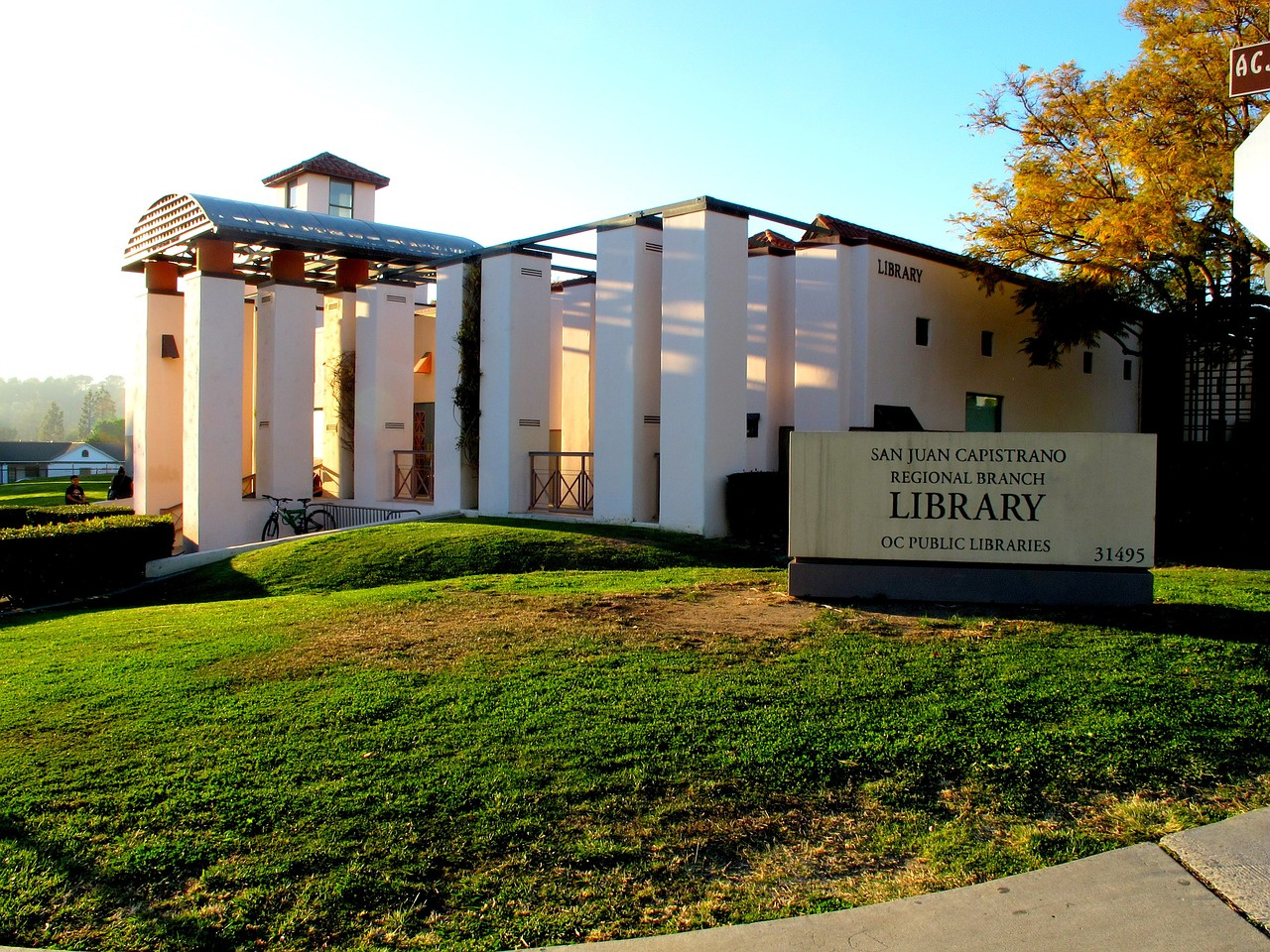[ѕеревод] –азвертывание Redmine с помощью Capistrano |

Ёто втора€ часть моего руководства о том, как самосто€тельно администрировать Redmine в долгосрочной перспективе. ѕерва€ часть была посв€щена управлению собственной версией Redmine с помощью Git (ссылка на перевод).
»ме€ собственный репозиторий Redmine, пришло врем€ ...
јвтоматизировать развертывание
—ерьезно. Ќе пытайтесь развернуть старомодным способом, копиру€ всЄ вручную.
јвтоматизаци€ развертывани€ Ч это однократное вложение, окупающеес€ сэкономленным временем и усили€ми каждый раз, когда нужно (ну, или приходитс€) обновить Redmine. ÷ель автоматизации Ч сделать последующие развертывани€ максимально легкими. ƒаже самое незначительное исправление или улучшение может быть выполнено мгновенно, потому что автоматизированна€ процедура обновлени€ быстра, надежна и может быть запущена одной командой.
я прошу вас научитьс€ тому, как Ђпрофиї (то есть люди, которые зарабатывают на жизнь тем, что разрабатывают и запускают Rails-приложени€, развертывают свои системы. » неважно, кто вы Ч локальный администратор сервера или разработчик Python, которому поручено поддерживать Redmine в организации. «а прошедшие годы много умных людей потратили кучу времени на разработку набора инструментов, который после установки одним легким нажатием клавиши сокращает врем€ просто€ Rails-приложений до нул€. “акие инструменты существуют, ими просто нужно воспользоватьс€. » вполне возможно, вы узнаете пару новых фокусов, которые пригод€тс€ вне контекста Redmine.
Capistrano
Capistrano Ч удаленный многосерверный инструмент автоматизации Ч идеальный выбор, когда дело доходит до автоматизации развертывани€. ќн внедрен в Ruby, но не ограничен развертыванием Ruby- или Rails-приложений. — помощью Capistrano реально автоматизировать все действи€, производ€щиес€ в SSH. » это можно осуществить на любом количестве серверов параллельно. ак Chef предназначен дл€ развертывани€ серверов, Capistrano предназначен дл€ развертывани€ систем, но им гораздо проще пользоватьс€.
я привожу очень краткое введение в специфику Redmine, прочитать подробнее можно на capistranorb.com. Readme дл€ этого Ч хороша€ отправна€ точка.
”становка Capistrano
¬ ветке Redmine local/x.y-stable создайте файл с именем Gemfile.local. Ёто позволит удержать любые gems локальными по отношению к частной установке Redmine.
Gemfile.local
group :development do
# uncomment if you're using modern (and secure!) ed25519 ssh keys
# gem 'net-ssh', '4.0.0.alpha2'
gem 'capistrano', '~> 3.4.0'
gem 'capistrano-rails', require: false
endѕосле создани€ этого файла запустите команду bundle install и добавьте/зафиксируйте как файл Gemfile.local, так и по€вившийс€ Gemfile.lock.
“еперь запустите команду bundle exec cap install чтобы настроить Capistrano. Ёто добавит несколько новых файлов: config/deploy.rb и два файла в каталоге config/deploy/, которые соответствуют двум целевым установкам (или "stages" Ч "стади€м") по умолчанию. ≈сли у вас есть отдельна€ установка Redmine дл€ тестировани€, например, новых плагинов, то это будет ваша "staging target", в то врем€ как жива€ (рабоча€) stage Ч это производство. ќсновна€ иде€ состоит в том, что всЄ общее идет в deploy.rb, а отличающеес€ дл€ разных stageЧ в соответствующие файлы в каталоге config/deploy. „аще всего здесь указываетс€ только целевой хост и, возможно, настраиваетс€ друга€ ветвь git или им€ пользовател€ дл€ развертывани€.
Ѕазова€ установка Capistrano дл€ Redmine
¬от как может выгл€деть минимальна€ конфигураци€ Capistrano:
config/deploy.rb
# config valid only for current version of Capistrano
lock '3.4.0'
set :application, 'redmine'
set :scm, :git
set :repo_url, 'git@code.yourcompany.com:redmine.git'
# Target directory in the server.
# Should exist and the user account you're using for deployment should
# have write access.
set :deploy_to, '/srv/webapps/redmine'
set :pty, true
set :log_level, :info
# Linked files are expected to exist below /srv/webapps/redmine/shared and will be
# symlinked into the deployed # code. Create them either manually or through an
# automation tool like chef. The reason for doing so is to not keep database
# credentials and server secrets in your git repository.
set :linked_files, fetch(:linked_files, []).push('config/database.yml',
'config/secrets.yml')
# Directories with contents you want to keep across deployments are declared here.
# Most important is files where Redmine stores any uploaded files.
set :linked_dirs, fetch(:linked_dirs, []).push('log', 'tmp',
'vendor/bundle', 'files')
# keep the last 5 deployed versions on the server.
# Useful in case you have to revert to an older version.
set :keep_releases, 5
namespace :deploy do
# Declares a task to be executed once the new code is on the server.
after :updated, :plugin_assets do
on roles(:app) do
within release_path do
with rails_env: fetch(:rails_env) do
# Copy over plugin assets
execute :rake, 'redmine:plugins:assets'
# Run plugin migrations
execute :rake, 'redmine:plugins:migrate'
end
end
end
end
# This will run after the deployment finished and is used to reload
# the application. You most probably have to change that depending on
# your server setup.
after :published, :restart do
on roles(:app) do
sudo "/etc/init.d/unicorn reload redmine"
end
end
# cleans up old versions on the server (keeping the number of releases
# configured above)
after :finished, 'deploy:cleanup'
endќстаетс€ только настроить сервер, на который вы собираетесь развертывать, пользовател€ Capistrano дл€ входа на этот сервер и ветвь дл€ развертывани€:
config/deploy/production.rb
set :branch, 'local/3.2-stable'
server 'redmine.yourcompany.com', user: 'deploy', roles: %w{web app db}≈сли вы используете одну и ту же машину дл€ тестировани€ и производства, просто перенесите параметр deploy_to в файлы конфигурации stage, чтобы иметь возможность установить отдельный каталог дл€ каждого stage. Ќе забудьте добавить и зафиксировать Gemfile.local, Gemfile.lock и конфигурацию Capistrano, которую вы только что настроили. Ёти файлы Ч часть кастомного Redmine и должны быть сохранены вместе с ним в системе управлени€ верси€ми.
≈сли вы используете подмодули Git дл€ добавлени€ плагинов или тем дл€ Redmine, обратите внимание на стратегию субмодулей Git дл€ Capistrano, чтобы автоматически разворачивать и их.
јутентификаци€
Capistrano использует SSH и полагаетс€ на правильно настроенную аутентификацию на основе ключей. Ёто также очень удобно при использовании какого-либо агента SSH или перенаправлени€ агентов дл€ доступа к репозиторию git через сервер развертывани€ со своим локальным ключом.
ќб€зательно прочтите главу Ђјутентификаци€ и авторизаци€ї в руководстве по Capistrano.
«апустить!
“еперь, когда всЄ на месте, пришло врем€ дл€ первого развертывани€:
$ bundle exec cap production deploy≈сли вы настроили все правильно, эта команда совершит развертывание Redmine за вас. ќбычно неудачи случаютс€ из-за проблем с разрешени€ми или аутентификацией, но в большинстве случаев их легко исправить.
—сылки
- Deploying Redmine with Capistrano.
- Deploy and maintain Redmine the right way.
- –азвертывание и сопровождение Redmine, правильный путь.
| омментировать | « ѕред. запись — дневнику — —лед. запись » | —траницы: [1] [Ќовые] |






